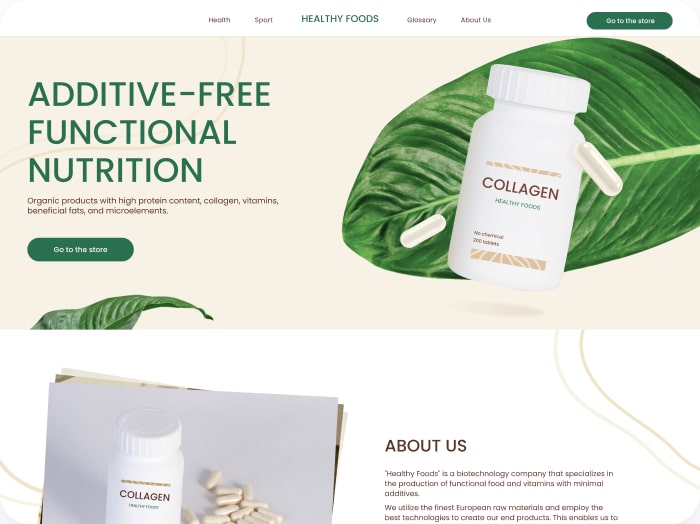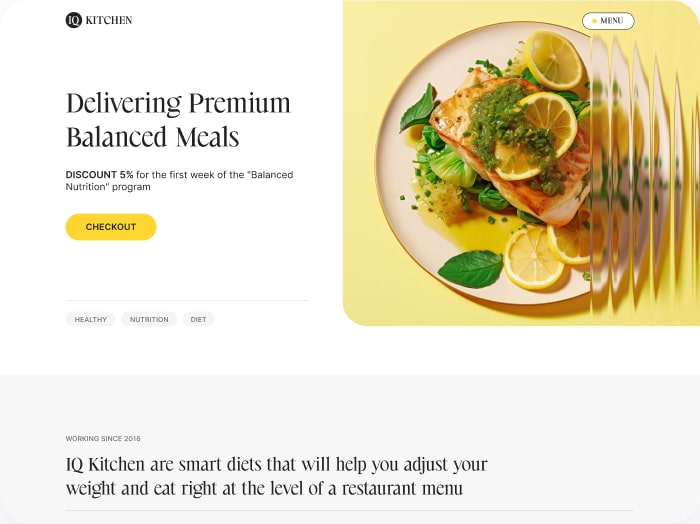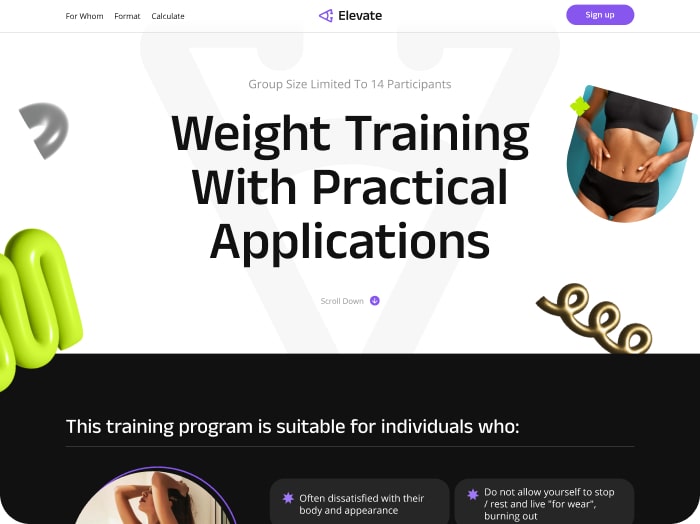Empowering Clients with Nutrition Label Literacy
Understanding nutrition labels is a crucial skill for making informed dietary choices. However, for many, deciphering the information on these labels can be daunting. As a health and fitness professional, teaching clients how to read nutrition labels effectively can significantly enhance their ability to manage their diet and achieve their health goals. Here’s a comprehensive guide to help you educate your clients on this essential skill.
Key Sections of the Nutrition Facts Label
The Nutrition Facts label is divided into several key sections, each providing vital information about the food product. Here’s what your clients need to know:
- Serving Size and Servings Per Container: This section tells you the size of a single serving and the total number of servings in the package. It’s crucial to note that the nutrient values listed are for one serving, not the entire container.
- Calories: The total calories per serving, which helps clients understand the energy content of the food. It’s also important to check if the food is labeled as “low calorie,” “reduced calorie,” or “calorie-free” to ensure it aligns with their dietary needs.
- Percent Daily Value (% DV): This indicates the percentage of each nutrient in a single serving based on a 2,000-calorie diet. Clients should look for foods with higher % DV for beneficial nutrients like fiber, calcium, and vitamin D, and lower % DV for nutrients like saturated fat, sodium, and added sugars.
- Nutrients: The label lists the amounts of various nutrients such as fat, cholesterol, sodium, carbohydrates, dietary fiber, sugars, and protein. Clients should focus on limiting certain nutrients like saturated fats, trans fats, and added sugars while ensuring they get enough of beneficial nutrients.
Practical Tips for Reading Nutrition Labels
To help your clients make the most out of nutrition labels, here are some practical tips:
- Start with Serving Information: Emphasize the importance of checking the serving size and the number of servings per container. This helps clients understand the actual nutrient intake from the food they consume.
- Focus on Beneficial Nutrients: Encourage clients to look for foods high in fiber, vitamins, and minerals. These nutrients are essential for maintaining good health and can help reduce the risk of chronic diseases.
- Limit Certain Nutrients: Teach clients to be mindful of nutrients they should limit, such as saturated fats, trans fats, sodium, and added sugars. These can have negative health impacts when consumed in excess.
- Understand Ingredient Lists: The ingredient list is also part of the nutrition label. Clients should look for foods with short ingredient lists and avoid foods with early listings of sugars, fats, oils, salt, and chemicals.
The Role of Education in Nutrition Label Literacy
Education plays a pivotal role in enhancing clients’ understanding and use of nutrition labels. Studies have shown that educational interventions can significantly improve comprehension and use of nutrition labels, leading to better dietary choices. Here are some ways to educate your clients:
- Interactive Sessions: Conduct workshops or one-on-one sessions where you explain the different sections of the nutrition label and provide practical examples. This hands-on approach can help clients better understand the information.
- Real-World Examples: Use everyday food products to demonstrate how to read and interpret nutrition labels. This makes the learning experience more relatable and engaging.
- Online Resources: Utilize online resources such as videos and articles that explain nutrition labels in detail. For instance, the American Medical Association has developed videos to help healthcare professionals educate patients about using nutrition labels.
Case Studies and Real-World Applications
Sharing real-world examples and case studies can make the learning process more impactful. Here’s an example:
A client who is trying to manage their blood cholesterol levels needs to focus on dietary fiber intake. By teaching them to look for foods with high % DV for dietary fiber and low % DV for saturated fats and sodium, you can help them make informed choices that support their health goals.
Tools and Resources for Enhanced Learning
To further support your clients, you can recommend tools and resources that help them track their nutrition intake. For instance:
- Calorie Calculators: Tools like the Calorie Calculator Cloud can help clients calculate their daily calorie needs and track their nutrient intake based on the foods they consume.
- Nutrition Apps: Apps that allow clients to scan barcodes and view detailed nutrition information can be very useful. These apps often provide personalized recommendations based on the client’s dietary needs and goals.
Conclusion and Next Steps
Teaching clients to read nutrition labels effectively is a powerful way to empower them with the knowledge they need to make healthy dietary choices. By focusing on key sections of the label, providing practical tips, and using educational resources, you can significantly enhance their nutrition literacy.
For those looking to integrate these skills into their daily routine, consider the following next steps:
- Start Small: Begin by focusing on one or two key nutrients each week. This gradual approach can help clients build their knowledge without feeling overwhelmed.
- Practice Regularly: Encourage clients to practice reading labels during their grocery shopping trips. This real-world application can reinforce their learning.
- Seek Additional Resources: Recommend articles, videos, and other educational materials that can provide further guidance. For example, the Calorie Calculator Plans page offers insights into how calorie tracking can complement nutrition label reading.
By empowering your clients with the skills to read nutrition labels effectively, you can help them achieve better health outcomes and make informed dietary choices that support their well-being.








